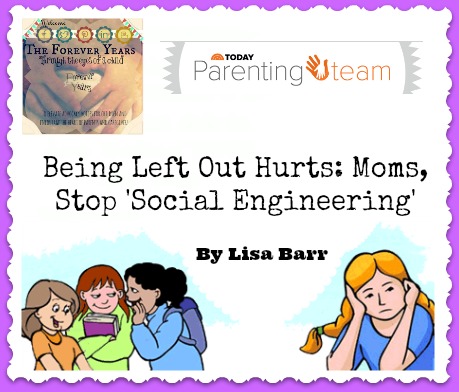
By Ginger Kadlec with guests Abbey Kochert and Shelbie Moser — get free updates of new posts here.
As I write this morning, I’ve washed my face and have already consumed two glasses of water, an oatmeal smoothie containing both water and ice, and I’m well in to cup ‘o coffee number two. I’ve ingested all of this without worry that a microscopic
Guinea worm or a small
leech might now be nesting in my intestines or building a new home in one of my arms or legs. I truly am one of the lucky ones. Millions upon millions of people… and yes, children… on earth, though, fight this battle daily because they don’t have access to one of our basic human needs: clean water.
 The daughter of a dear friend of mine, Abbey Kochert, and her colleague Shelbie Moser are on a cross-country trek and stopped by our home last week. They have signed-on for an incredibly important task… they are Road Warriors for theThirst Project.
The daughter of a dear friend of mine, Abbey Kochert, and her colleague Shelbie Moser are on a cross-country trek and stopped by our home last week. They have signed-on for an incredibly important task… they are Road Warriors for theThirst Project.
Thirst Project is an international organization whose mission is to “build a socially-conscious generation of young people who END the global water crisis.” Thirst Project captured my attention because of the organization’s genuine interest in saving children and notes, “Small children typically do not have strong enough immune systems to fight diseases like cholera, dysentery, or schistosomiasis.”

Source: Thirst Project
Abbey shared a fact that literally stopped me in my tracks: “Waterborne diseases kill more children than anything else in the world – 4,100 children will die today due to diarrhea and dysentery alone.”
As guests in a special BeAKidsHero podcast, Shelbie shared, “That’s like a jumbo jet crashing every hour-and-a-half each day! Yet it doesn’t even get two minutes of CNN’s nightly air time.”
She’s right. Which is exactly why Thirst Project, the largest youth organization working to end the global water crisis, is working diligently to save children born in areas where they simply don’t have access to clean drinking water.
Abbey shares, “Children between the ages of eight and 13 are tasked with walking, on average, three to four miles, every day just to collect contaminated water. Imagine a muddy rain puddle. Now, let’s add some parasites, leeches, mosquito larvae, and animal feces. This only scratches the surface. Children in developing communities fetch this water using jerrycans; a five gallon gas can, which weighs 44 pounds when full; however, children normally carry two at a time. Work, like most, takes these children six to eight hours everyday. Therefore, children are not able to go to school and get an education because work takes precedence.”

Source: Thirst Project
I listened to their presentation as they spoke to Mrs. Broge’s Choralaires class at Zionsville Community High School, but literally choked back tears as Abbey shared the story of this little four-year old boy whose photo was snapped by a Thirst Project team visiting the South African country of Swaziland following the gruesome removal of a 3-foot Guinea worm in his body. These horrid parasites are microscopic when first ingested via contaminated drinking water, but then nest in a limb (arm or leg) until they mature. People infected with these monster worms don’t have access to medical care, so the worms are removed by either slicing them off, a bit at a time, or through an incision whereby the worm is stabbed with a hot poker, wrapped around that poker and tugged out of it’s hosts’ body… in this case, the body of the sweet four-year old boy who I can only imagine couldn’t grasp the horror he saw as a long monster, nearly as tall as he is, was stripped from one of his limbs.

Source: Thirst Project
Thirst Project notes that, “Waterborne diseases kill more children every single year than AIDS, Malaria, and all world violence combined.” They also share a graphic that illustrates the physical impact on both children and adults of drinking contaminated water.
BTW, did you know that the average American uses 150 gallons of fresh water per day? People in countries like Swaziland have access to only 5 gallons of water a day… if they have fresh water access at all.
The Good News
 …is that Thirst Project is making a measurable difference in the lives of children and families around the world! Just seven years ago, nearly 1.1 billion people around the world had NO access to clean drinking water. Thanks to efforts from organizations like Thirst Project, that number has dropped to 66.3 million. While much has been done, much more is left to do.
…is that Thirst Project is making a measurable difference in the lives of children and families around the world! Just seven years ago, nearly 1.1 billion people around the world had NO access to clean drinking water. Thanks to efforts from organizations like Thirst Project, that number has dropped to 66.3 million. While much has been done, much more is left to do.
(To read more of this article, follow the link below…)
http://www.beakidshero.com/posts/killing-4100-children-each-day/






















